Freer Sackler Exhibition Encountering Buddha Art Practice Across Asia
:focal(4032x1893:4033x1894)/https://tf-cmsv2-smithsonianmag-media.s3.amazonaws.com/filer/3c/2b/3c2b2f6c-235e-45fe-9f8f-cf6383858695/lts1985132513.jpg)
When the Arthur Chiliad. Sackler Gallery first created an immersive Tibetan Buddhist Shrine Room, with flickering candle-like lights and scores of golden Buddha statues and artifacts seven years agone, it became quite popular.
"People came," says Debra Diamond, curator of South and Southeast Asian Art at the Freer|Sackler. "Some people came once a week for iii months. 1 staff member came every day, meditating.
"People wrote a lot of comments that said, 'this helped me slow down,'" Diamond says. "The whole museum helps people slow down but this was a very special infinite."
So when the museum was planning its Encountering the Buddha: Fine art and Do Beyond Asia—one of 5 major exhibits that mark the reopening of the Freer and Sackler afterward the Freer has been closed for nearly two years of renovation—information technology was sure to include the Buddhist Shrine Room.
But information technology is one of ii immersive spaces in the Buddha exhibition, drawn from the vast collections of the museum.
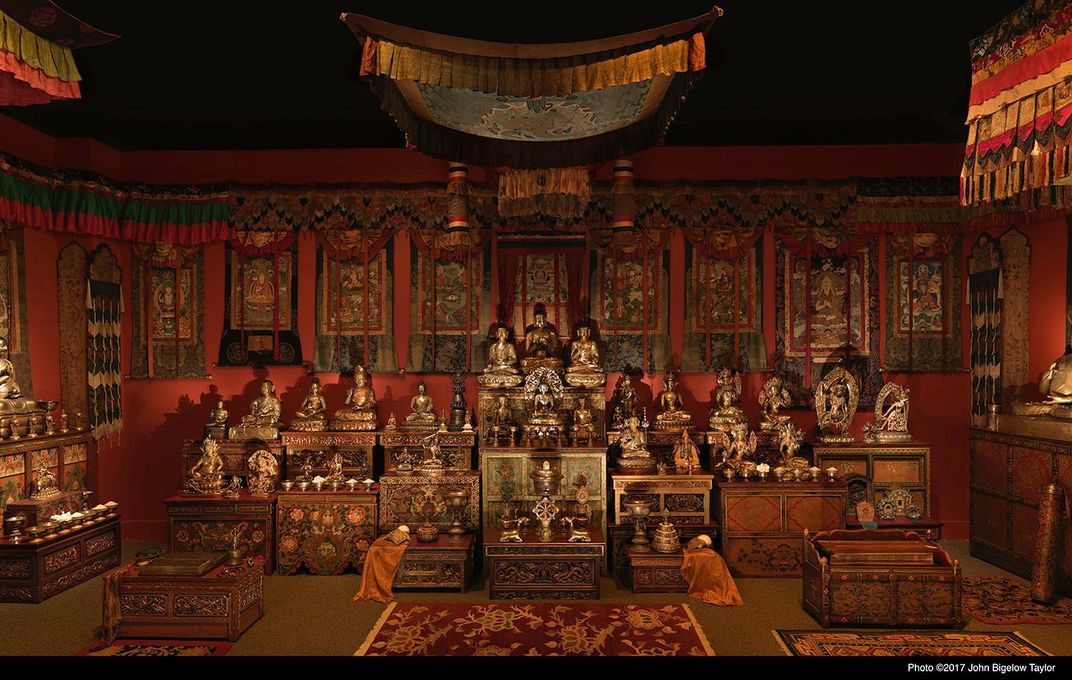
The other is a three-aqueduct digital film,The Texture of Do: Sri Lanka's Dandy Stupa,that will permit visitors to feel a Buddhist site in Sri Lanka, where relics of the Historical Buddha are said to be held.
"It's stunningly beautiful and meditative. It'due south not similar a typical documentary," Diamond says. "It's almost like an art film."Visitors can circumnavigate around the three screens or plop down on couches to take it all in. "Nosotros made it 'A Day in the Life of the Stupa." Diamond says.
Monks, nuns and laypeople become through their daily practices on a day during the Dec full moon festival at the Ruwanwelisaya stupa in the boondocks of Anuradhapura. Though the motion picture runs just over 10 minutes, she says, "it goes from the dawn to moonrise at this i stupa site in Sri Lanka."
Since it's on a loop, the meditative film with ambient sound and no narration, can invite longer stays, with electronic pads available for those who want more information about what they are seeing.
Diamond tells of when Freer|Sackler director Julian Raby came past to check on a test run of the film."I thought he'd stick his head in, simply he pulled a pillow out and watched with everyone else."
Information technology provides the same kind of meditative experience that comes through the remade Shrine Room.
With its objects originally on loan from the Alice S. Kandell Drove when it first went on display in 2010 (Kandell gifted the collection to the museum the following year), the Shrine Room is bigger than ever, with 243 objects, including 20 that had not been publicly exhibited before, representing Tibetan, Chinese, Nepalese and Mongolian artists from the 13th to 19th century.
Placed on polychrome Tibetan furniture in forepart of brocaded gyre paintings, or thangkas, information technology becomes a hushed spiritual and artistic environment.
"Outside, you tin appreciate an object that came out of a shrine, as a museum art work," Diamond says. "Here, it'south totally unlike. Y'all can meet how they would have looked like in a shrine of an aristocrat on the Tibetan plateau. And they're put up in a mode that is liturgically correct."
Information technology'southward uninterrupted by the kind of labels and cases that stand for the rest of the museum, but data nigh the objects are available at digital kiosks.
Twenty-first century electronics besides play a role in another attribute of the exhibition that illustrates a continent-wide pilgrimage of a immature Korean monk from the 8th century, who embarks on a journey to India at the age of 16, and travels to Persia and China'southward Silk Road.
Working with students at the University of Michigan, the pilgrimage comes with its own app on which there are games based on aboriginal works, like the Freer's frieze from Gandhara, Pakistan that shows the Buddha bedeviled past demons. Visitors tin can try their own hand in the game version. "If yous win, you're enlightened," Diamond says. If not? "Attempt again?"
It was in part the major funder of the exhibition, the Robert H. Due north. Ho Family unit Foundation, that encouraged the innovative approaches, Diamond said.But there are too new angles to the ancient holdings from a broad diversity of cultures. Some may take never been seen in the museum since they were bequeathed by Charles Freer in 1909; others may have merely been overlooked in a hallway, and given a brightly-lit 360 degree view in the exhibit. And there are new additions to the drove on view for the first time such as a bell from Indonesia in the shape of a stupa.
Visitors will be polled on their reaction to the exhibition'due south innovations; based on their reactions, the evidence may be altered halfway into its planned three-yr run, Diamond says.
And digital pads will be available to answer some of the nearly common questions the objects bring, such as how the objects got to the museum, or in the example of the hitting Gautama Buddha that beckons visitors in one of the 2 exhibition entrances, why its hair is blue.
"It's not a question that would ever personally occur to me," Diamond says. "Just since we've all been asked that so many times, we decided to put that in."
Yes, a yellow figure with blue hair may brand some think at offset of Marge Simpson, simply the reason it'south that colour is that they were using lapis lazuli, a precious bluish rock that Diamond says was considered very beautiful.
Though the Buddha from 14th-century Central Tibet, purchased twenty years ago in accolade of the tenth anniversary of the Sackler, is seen wearing a patchwork robe, Diamond says, "Buddhists over the ages are showing their devotion by remaking him in the almost precious substances that they have, which is golden bronze and lapis lazuli."
Encountering the Buddha: Art and Practice Across Asia runs through November 29, 2020 at the Smithsonian's Arthur M. Sackler Gallery in Washington, D.C.
Source: https://www.smithsonianmag.com/smithsonian-institution/new-sackler-buddhist-exhibit-doubles-immersive-experiences-180965105/
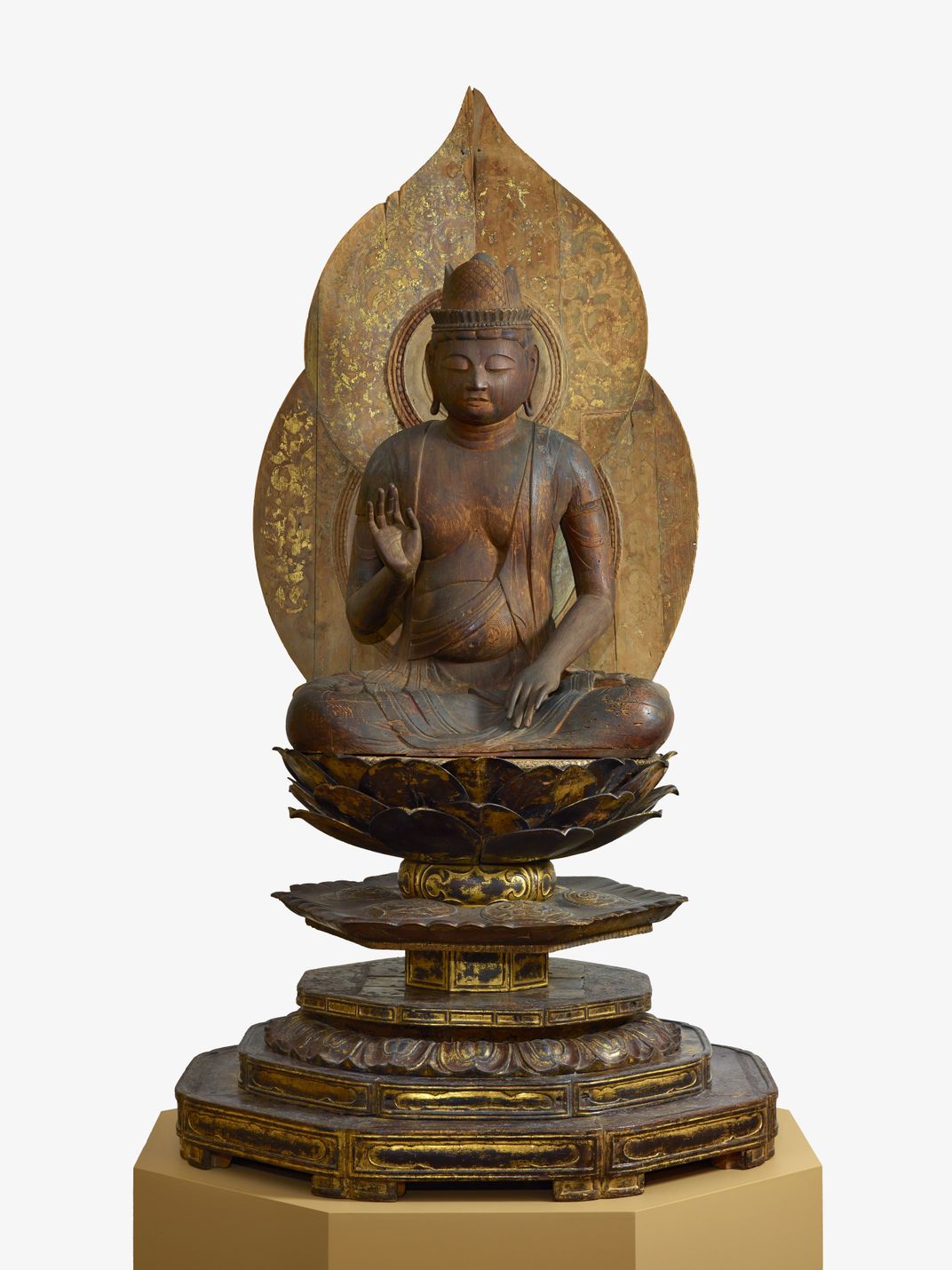
/https://tf-cmsv2-smithsonianmag-media.s3.amazonaws.com/filer/04/11/041123cc-1697-405d-b129-41234407b46a/s199728.jpg)
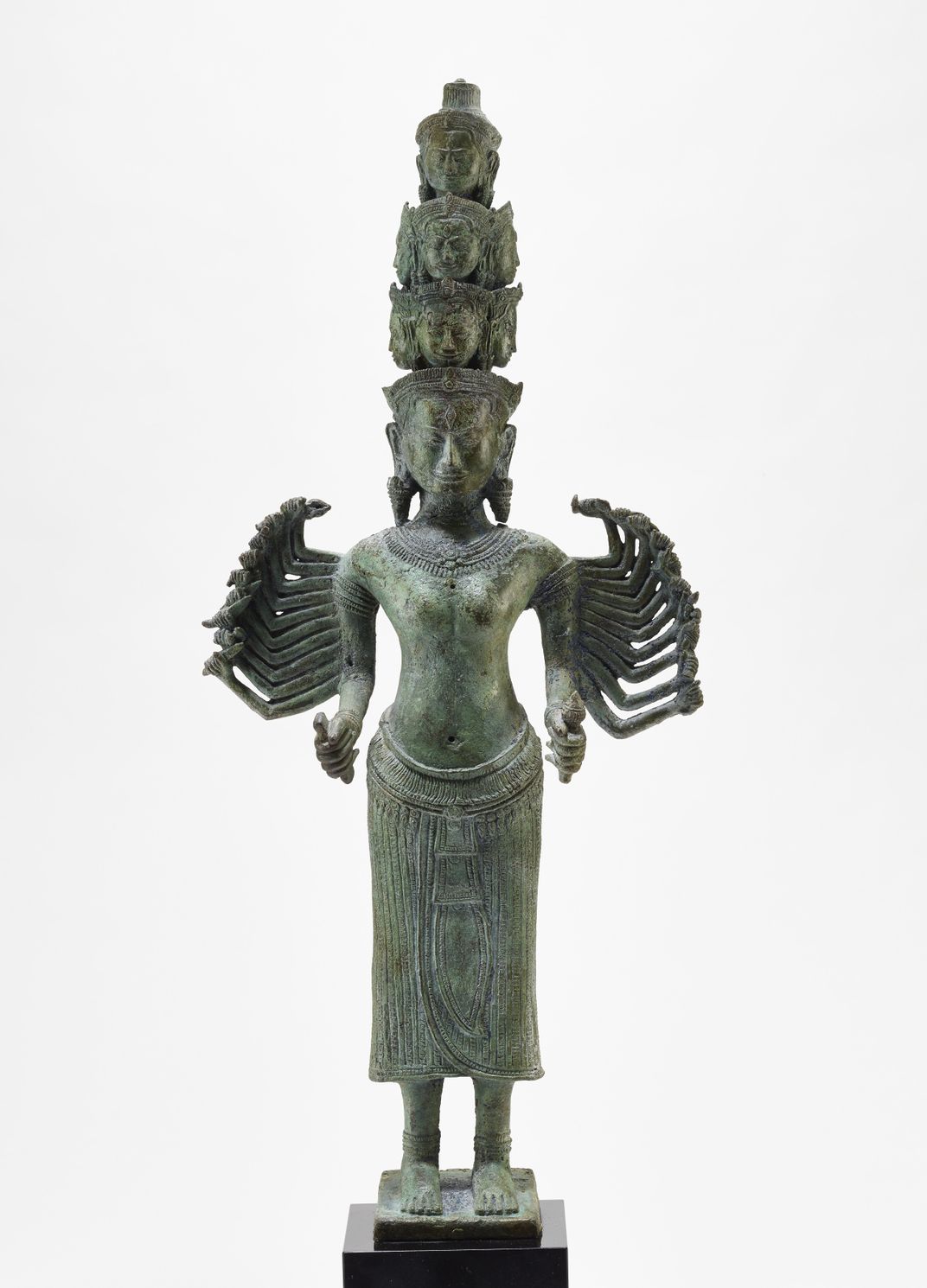
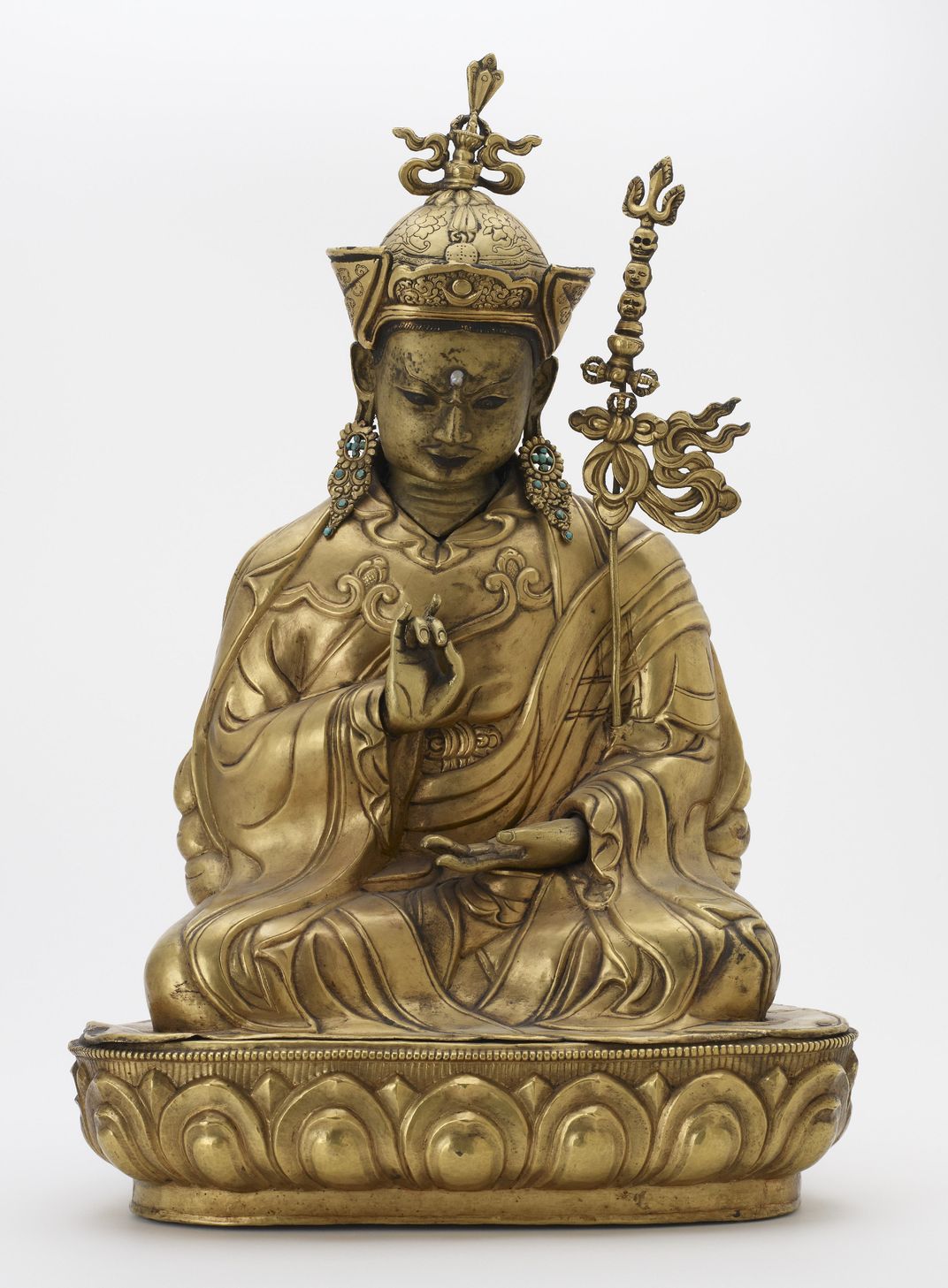
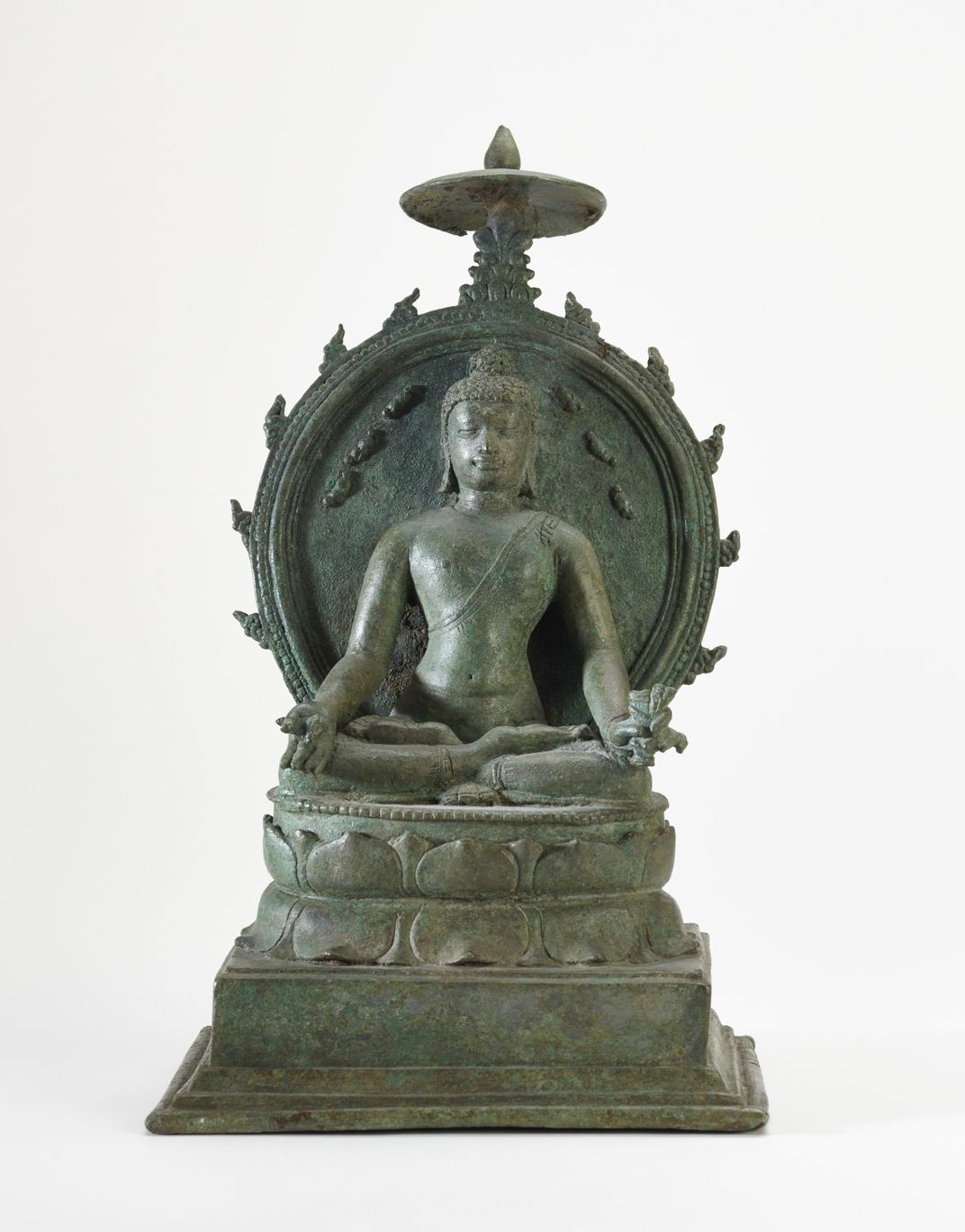
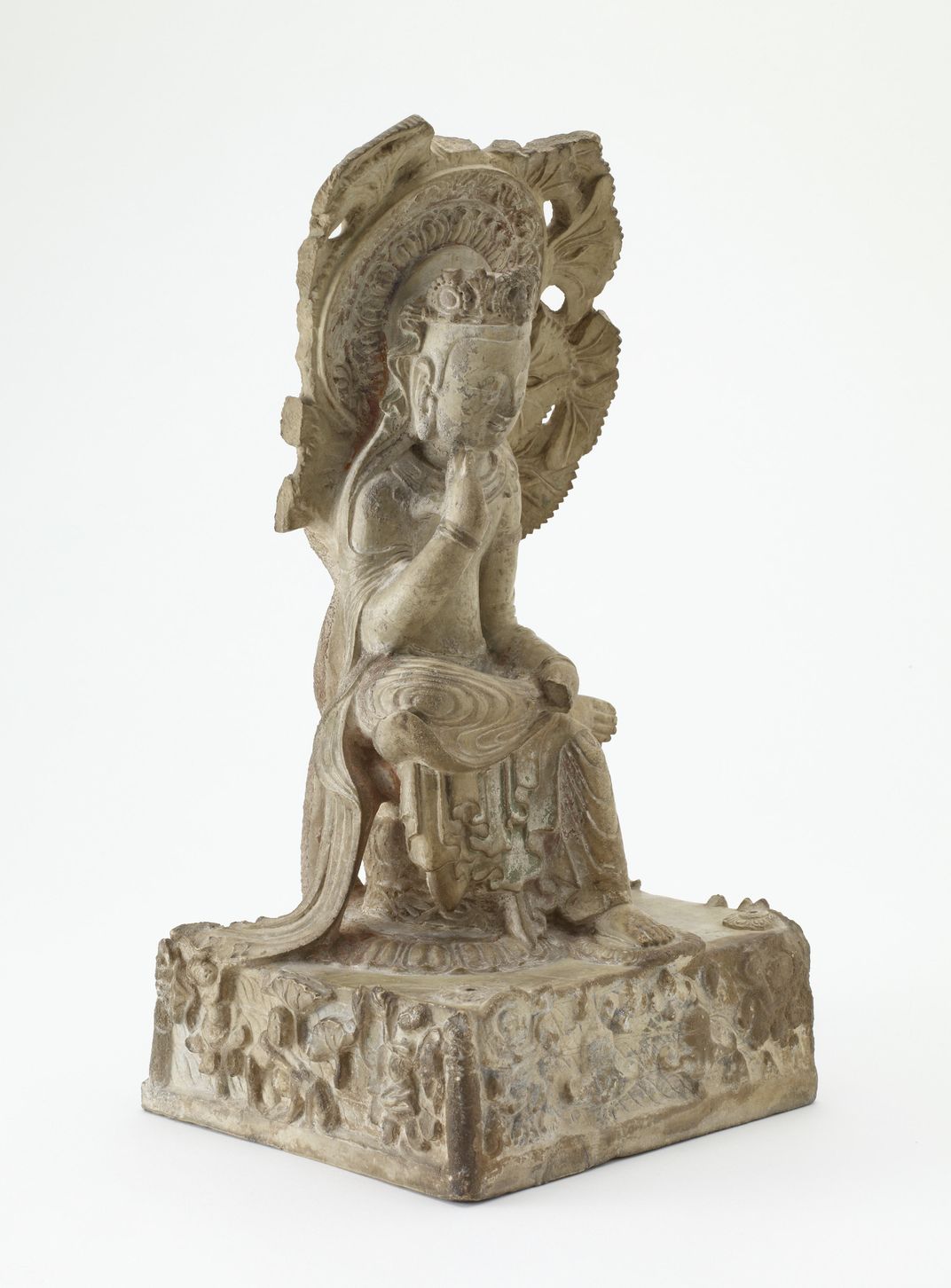
0 Response to "Freer Sackler Exhibition Encountering Buddha Art Practice Across Asia"
Post a Comment